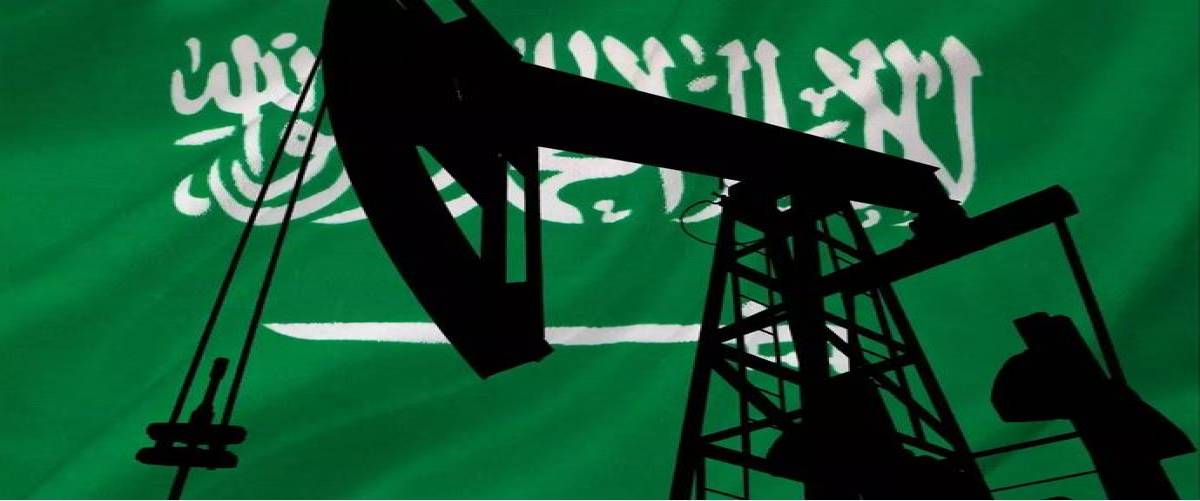365 Views
Saudi Arabia's Oil Addiction: Can Vision 2030 Save the Kingdom From Bankruptcy?
Saudi Arabia's economy, the world's largest oil exporter, has faced growing structural budget challenges in recent years. While Crown Prince Mohammed bin Salman's "Vision 2030" aims to diversify revenue streams and reduce oil dependence, this ambitious program faces serious obstacles amid structural deficits and regional/global developments. This article examines the roots of this chronic crisis, its impact on Vision 2030 implementation, and the need for sustainable economic diversification.
Chronic Oil Dependence: The Core Deficit Driver
Despite diversification efforts, the hydrocarbon sector continues to dominate government revenues and GDP contributions. Saudi Arabia's economy has been fundamentally oil-dependent for decades. According to the IMF's 2025 report, approximately 70% of government revenue and 80% of exports still rely on oil. The sharp decline in oil prices in 2014, followed by ongoing energy market volatility, plunged the Kingdom into a structural budget deficit that persists to this day.
The IMF estimates Saudi Arabia needs oil at $80.9/barrel to balance its budget - a challenging target amid 2024-25 price fluctuations and intensifying global energy competition, exposing the economy's vulnerability to external shocks.
Rising Military Expenditures and Pressure on Foreign Reserves
Another major factor exacerbating Saudi Arabia's budget deficit is its heavy military spending. The Yemen war, which began in 2015, has consumed billions of dollars from the Kingdom's financial resources. Additionally, lucrative arms deals with Western nations and attacks on critical oil infrastructure—such as the 2019 Aramco strikes—have placed immense strain on foreign currency reserves.
Key Statistics:
- Military spending as % of GDP (recent avg): 8-10% (far exceeding global averages)
- 2024 Defense Budget: $75.8 billion
- 2025 Defense Budget: $78 billion
- 21% of total budget
- 7.1% of GDP
Economic Consequences:
- Drains funds from long-term economic programs (Vision 2030)
- Exacerbates fiscal deficits, especially amid oil price volatility
- Weakens financial resilience by depleting foreign reserves
Strategic Dilemma: While security concerns persist, sustained high military spending risks derailing economic diversification efforts—a critical pillar of Saudi Arabia’s post-oil future.
Large-Scale Economic Projects with Long-Term Returns
In line with realizing "Vision 2030", Saudi Arabia has initiated massive investments in long-term economic projects. These include:
- NEOM (a smart city in the northwest of the country)
- Other smart city projects
- Tourism and entertainment development plans (such as the Red Sea Project)
- Non-oil industrial development
All of these require enormous budgets.
While these projects have the potential to generate new revenue streams and diversify the economy in the long term, they currently place a heavy burden on public finances and foreign currency reserves in the short term.
Key Challenges:
- Capital-intensive with slow returns on investment
- Significant capital outflows expected in initial years
- Combined with structural budget deficits and high military spending, this creates serious challenges for fiscal sustainability
Oil Volatility Threatens Fiscal Stability
Saudi Arabia's budget remains heavily dependent on oil prices. Both the International Monetary Fund (IMF) and World Bank have consistently emphasized the urgent need to reduce this dependence. Given forecasts predicting continued volatility in global oil markets in coming years, Saudi Arabia's fiscal instability remains a critical concern.
Key Risks:
- Any decline in global oil prices could rapidly worsen the budget deficit
- This would compromise the government's ability to finance long-term economic projects and development programs
Price Thresholds (2023 Data):
- IMF's breakeven estimate: $80.9/barrel
- Alternative estimates: $90-$92/barrel
- Current price range: $60-$70/barrel → expanding deficit
Necessary Structural Reforms
To avoid reduced energy market influence and regional competitiveness, Saudi Arabia urgently needs:
1. Accelerated diversification into tech, tourism, and renewables
2. Cutting non-essential spending (especially military/showcase projects)
3. Attracting sustainable FDI through business climate improvements
4. Boosting productivity via digital transformation
Future Outlook and Consequences
If structural reforms are not implemented promptly, the following scenarios may occur:
1. Reduced leverage in energy markets: Persistent deficits and debt could undermine Saudi Arabia's economic credibility in setting oil policies.
2. Declining regional competitiveness: Neighboring countries with more diversified economies (e.g., UAE and Qatar) may gain a competitive advantage.
3. Domestic political and economic risks: Chronic budget deficits would increase pressure on public services, employment, and welfare, potentially leading to social discontent.
However, if reforms are implemented rapidly, the following positive outcomes could emerge:
1. Controlled military spending and redirected capital toward productive sectors (technology, tourism, renewable energy, and private sector) could accelerate non-oil growth.
2. Financial restructuring and improved project transparency could reduce investment risks and facilitate greater investor participation.
Conclusion
Saudi Arabia faces serious financial headwinds in implementing Vision 2030. Oil dependence, military burdens, and long-term investments create unsustainable budget pressures. Only through rapid, structural economic reorientation can the Kingdom avoid jeopardizing its ambitious transformation plans.
*Translated by Ashraf Hemmati from the original Persian article written by Mohammad Saleh Ghorbani

Comment
Post a comment for this article